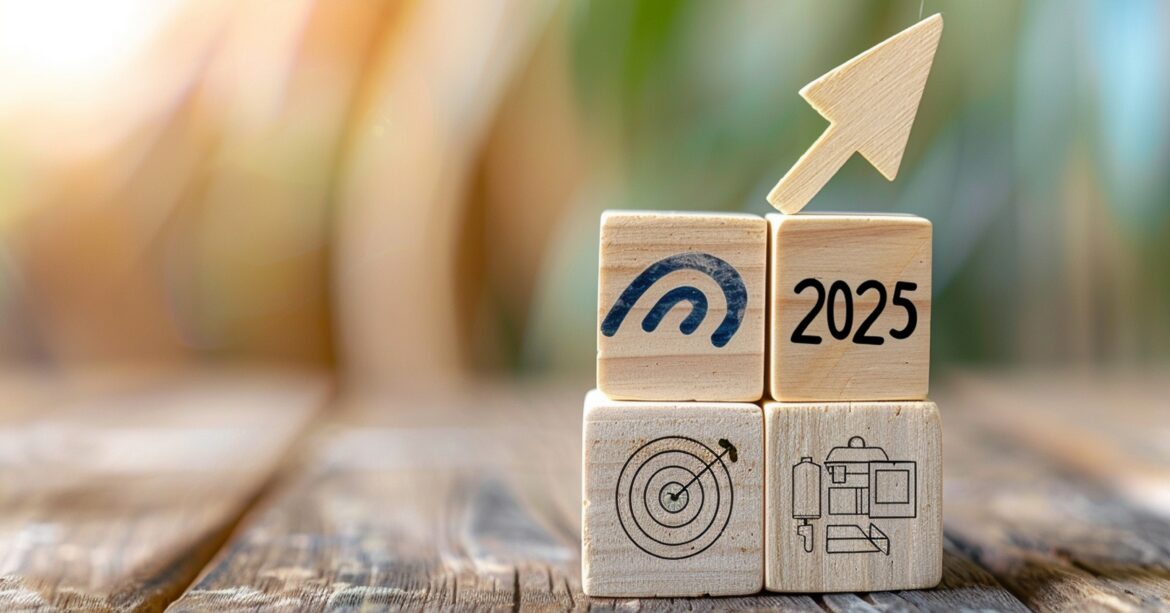What Marketing Will Look Like in 2025
The landscape of marketing is set to undergo remarkable transformations by 2025. The interplay of artificial intelligence, machine learning, and data analytics will redefine traditional approaches, paving the way for innovative and personalized strategies. This blog delves into key trends that are expected to shape marketing in the coming years.
Data-Driven Personalization at Scale
Personalization in marketing is not new, but by 2025, it will evolve to unprecedented levels. Traditional demographic-based personalization will give way to hyper-personalized campaigns driven by AI and machine learning. According to Forbes (2023), 80% of consumers are more likely to make a purchase when brands offer personalized experiences. The predictive analytics market is anticipated to hit $35 billion by 2025, emphasizing the growing importance of data-driven personalization.
With AI’s capability to analyze vast amounts of data, companies like Robotic Marketer enable businesses to create highly personalized marketing strategies. These strategies leverage market data and customer behavior insights, leading to improved engagement and ROI in a highly competitive digital market. AI-powered content generators and marketing strategy generators will be instrumental in creating these personalized experiences.
Rise of Generative AI in Content Marketing
The role of AI in content creation will continue to grow. Tools such as GPT-4 and other advancements will become dominant in writing blogs, generating AD copy, and creating video content. Gartner predicts that by 2025, 75% of all content creation will involve AI in some form. This shift will not only streamline content production but also enhance real-time optimization based on engagement metrics.
This transformation will benefit marketers by providing more effective ways to connect with their audience. Platforms that incorporate AI into strategy development, like Robotic Marketer, will help marketers identify optimal content formats, platforms, and messaging. This enables a tailored approach that resonates with their target audience.
AI-Powered Marketing Strategy Automation
Automation is set to revolutionize various aspects of marketing, from campaign management to the development of strategies. A HubSpot report (2024) reveals that 58% of marketers are already automating parts of their workflows, a trend expected to intensify. The global marketing automation market is forecasted to reach $10.4 billion by 2025.
AI and marketing automation software simplify complex processes, helping businesses save time and stay competitive. Companies can use automated solutions to perform competitor analysis, map customer journeys, and manage budgets more efficiently. Robotic Marketer stands out by automating the creation of comprehensive marketing strategies, allowing businesses to focus on execution and innovation.
Voice and Conversational Marketing Boom
Voice-activated devices and smart speakers will become central to marketing strategies. According to Juniper Research, it’s estimated that by 2025, 50% of all searches will be voice-based. AI-driven chatbots will handle 85% of customer service interactions, enhancing customer experience through instant and accurate responses.
Analyzing trends in voice and conversational data offers valuable insights. Marketing strategy platforms will need to incorporate these trends to provide businesses with guidance on leveraging voice marketing effectively. This shift represents a significant opportunity for marketers to engage with consumers in new, interactive ways.
Sustainability-Driven Branding
As consumers become more conscious of environmental and social issues, sustainability will take center stage in branding efforts. NielsenIQ (2023) reports that 77% of consumers consider sustainability important. Additionally, companies with strong Environmental, Social, and Governance (ESG) initiatives experienced double growth in consumer loyalty in 2023, a trend expected to rise.
Marketers must align their strategies with ESG values. Using AI and data analytics, platforms like Robotic Marketer can help businesses develop campaigns that reflect sustainability goals, enhancing brand reputation and meeting consumer expectations.
Predictive and prescriptive analytics will become cornerstone tools for marketers. Salesforce (2023) highlights that 79% of high-performing marketing teams already use predictive analytics. Prescriptive analytics, with its focus on recommending specific courses of action, is projected to grow 20% annually until 2025.
These analytics tools enable marketers to forecast future trends and make informed strategic decisions. By leveraging predictive and prescriptive analytics, Robotic Marketer assists businesses in anticipating market shifts and crafting strategies with high success potential.
The convergence of these trends will shape the marketing environment in 2025. Hyper-personalization, driven by AI, will provide unique experiences to consumers. The rise of generative AI will streamline content creation. Automation will enhance operational efficiency. Voice and conversational marketing, aligned with sustainability-focused branding, will present new engagement opportunities. Finally, predictive and prescriptive analytics will empower marketers to make data-driven decisions for sustainable growth.


